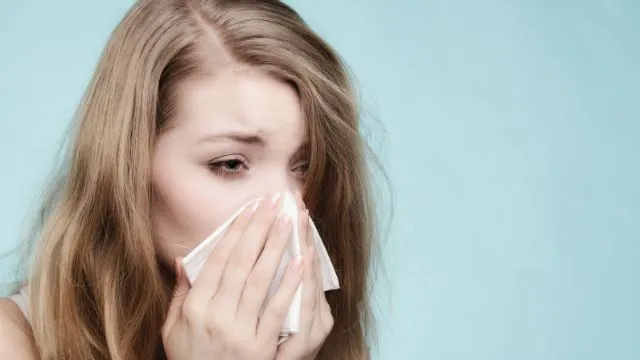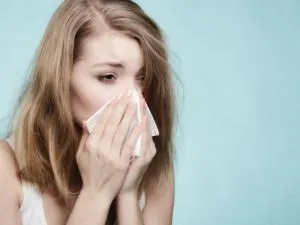
- Share on Facebook19
- Share on Pinterest
- Share on Twitter
According to the Mayo Clinic, food allergies affect as many as 3 percent of adults, and 6 to 8 percent of children under the age of 3. Symptoms can range in severity from mildly annoying to life threatening, and occur when your immune system mistakenly believes a food is dangerous, and produces specific immunoglobulin E antibodies to neutralize that substance.
People who experience frustrating symptoms like itching, rashes, nasal congestion, digestive disorders or even depression may be suffering through them in silence, not realizing the problem is caused by a food allergy.
Here is a look at some of the most common food hidden allergies, and how to spot them.
Food dyes
Food coloring is often used in packaged foods, and is becoming an increasingly common allergen. Dyes like carmine, annatto, tartrazine and saffron have all been reported as causes of severe allergic reactions. While artificial dyes should always be avoided, even natural food coloring can be allergenic.
If you have an unexplained reaction to packaged or prepared foods, dyes could be to blame, Some of the symptoms can include skin rashes, hives, aggression, insomnia, hyperactivity, mood swings, headaches and stomach aches.
Preservatives
Common preservatives found in packaged foods can also cause problems. Benzoic acid and parabens are often used to prevent food spoilage, and can cause or worsen asthma, hives and swelling. Sulfites, found in wine, cured meats and some dried fruits are also known to exacerbate asthma in some people.
Flavor enhancers
MSG, or monosodium glutamate, causes problems for many people. It can trigger what’s known as the “Chinese Restaurant Syndrome,” which includes a headache as well as burning and tightness in the chest, neck and face. Aspartame, an artificial sweetener found in diet sodas and other low calorie foods, can trigger swelling, hives and rash, as well as aggravated respiratory allergies like asthma.
Additionally, aspartame has been linked to some 92 different health side effects, many of which aren’t considered allergies, but can be as serious as irreversible brain damage and suicidal tendencies.
Wheat
A wheat allergy is different from having celiac disease. It occurs when the body generates an allergy-causing antibody to proteins found in wheat. In people with celiac disease, a particular protein in wheat, known as gluten, causes an abnormal immune system reaction.
 Some of the symptoms of a wheat allergy include hives, skin swelling, rash, swelling or itching of the mouth or throat, nasal congestion, headache, watery eyes, difficulty breathing, nausea or vomiting, diarrhea or cramps.
Some of the symptoms of a wheat allergy include hives, skin swelling, rash, swelling or itching of the mouth or throat, nasal congestion, headache, watery eyes, difficulty breathing, nausea or vomiting, diarrhea or cramps.
If you think you may have an allergy but aren’t sure what you’re allergic to, you might want to try an elimination diet by narrowing down the foods you think might be causing a problem. Keep a journal of everything you eat, along with any symptoms that appear soon after.
You might find that eliminating processed foods does the trick. If so, that’s great news, as avoiding them will also help to improve your overall health and well-being, and often results in a slimmer waistline.
-The Alternative Daily
Sources:
http://www.mayoclinic.org/diseases-conditions/food-allergy/basics/definition/con-20019293
http://www.diefooddye.com/2012/07/12/12-signs-your-family-has-food-coloring-sensitivity
http://www.allergy-clinic.co.uk/food-allergy/food-additives
http://www.sweetpoison.com/aspartame-side-effects.html
http://www.mayoclinic.org/diseases-conditions/wheat-allergy/basics/symptoms/con-20031834
- Share on Facebook19
- Share on Pinterest
- Share on Twitter

